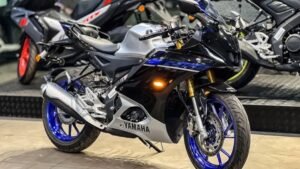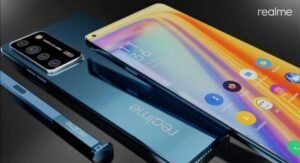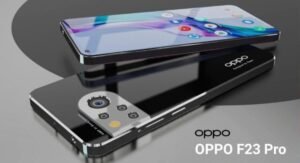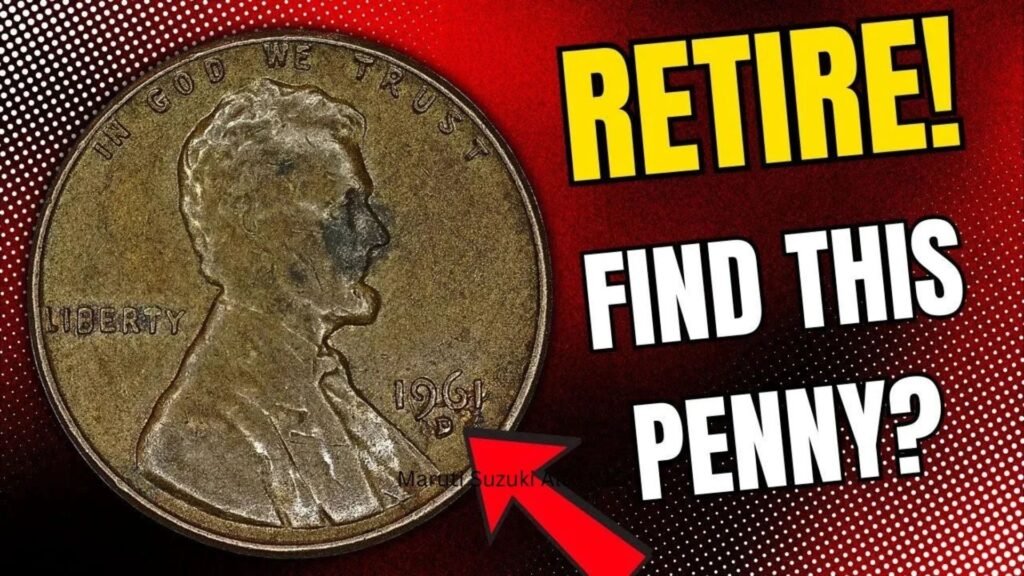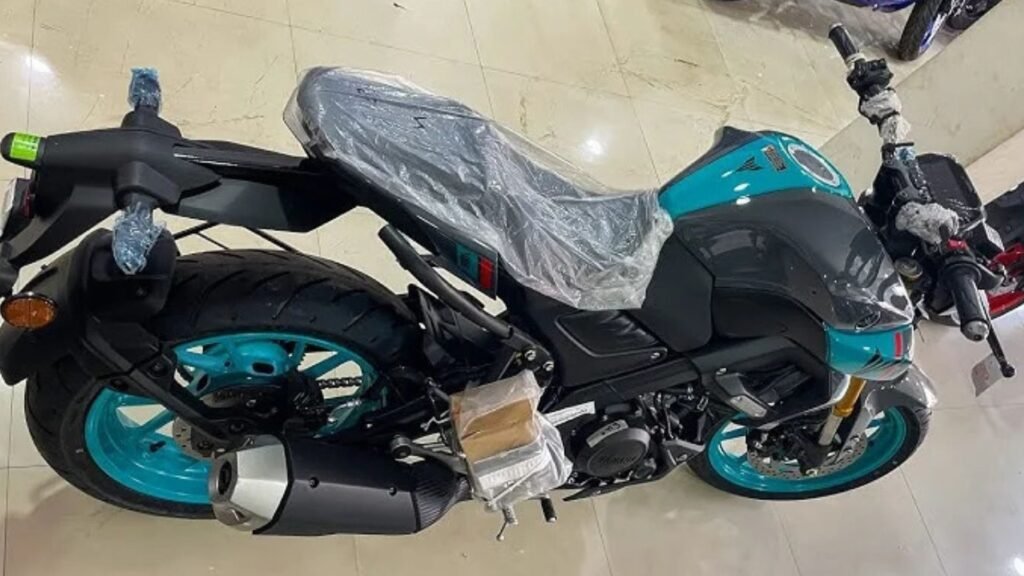The 1966 Washington Quarter is a topic of intrigue for coin collectors and enthusiasts, with rumors suggesting some could be worth millions. But is this true, or is it just numismatic hype? In this comprehensive guide, we’ll explore the history, features, rarity, and value of the 1966 Washington Quarter, providing original insights into why certain quarters might command high prices and how to identify them.

The History of the 1966 Washington Quarter
The Washington Quarter, first minted in 1932 to honor George Washington, was a staple of U.S. coinage. By 1966, the United States Mint had transitioned from silver to a copper-nickel clad composition due to rising silver prices. This shift, which began in 1965, marked a significant change in the coin’s makeup, moving away from the 90% silver content used in earlier quarters.
In 1966, the U.S. Mint produced 821,101,500 Washington Quarters across its Philadelphia and Denver facilities. The sheer volume of coins minted makes the 1966 quarter a common find in circulation. However, certain errors, varieties, or special conditions can elevate the value of specific coins to extraordinary levels, fueling speculation about a $20 million valuation.
Why the Buzz Around a $20 Million 1966 Quarter?
The idea of a 1966 Washington Quarter being worth $20 million stems from rare anomalies in coin production. While most 1966 quarters are worth their face value of 25 cents, specific minting errors or unique varieties can significantly increase their worth. Let’s break down the factors that could make a 1966 quarter valuable.
Key Features of the 1966 Washington Quarter
To understand why some 1966 quarters might fetch high prices, it’s essential to know their characteristics:
- Composition: Copper-nickel clad (outer layers of 75% copper and 25% nickel, with a pure copper core).
- Diameter: 24.3 mm.
- Weight: 5.67 grams.
- Obverse Design: Features a portrait of George Washington, designed by John Flanagan.
- Reverse Design: Depicts an eagle with spread wings, also by Flanagan.
- Mint Marks: Quarters from Philadelphia have no mint mark, while those from Denver carry a “D” on the obverse.
Rare Errors and Varieties to Look For
Certain minting errors or varieties can make a 1966 Washington Quarter exceptionally valuable. Here are the most notable ones:
1. Double Die Obverse (DDO) or Reverse (DDR)
A double die error occurs when the coin’s design is struck twice, slightly misaligned, creating a doubled appearance in the lettering or image. For the 1966 quarter, a DDO or DDR is rare but highly sought after. Look for doubling in the words “LIBERTY,” “IN GOD WE TRUST,” or the date on the obverse, or in the eagle’s feathers on the reverse. Such errors can increase the coin’s value to thousands or, in pristine condition, potentially much more.
2. Transitional Error (Silver Planchet)
During the transition from silver to clad coins in 1965–1966, some quarters were mistakenly struck on 90% silver planchets intended for earlier years. These transitional errors are exceedingly rare and could justify a high valuation. To identify a silver 1966 quarter, check its weight (approximately 6.25 grams, compared to 5.67 grams for clad) and look for a silver edge rather than a copper-colored one.
3. Off-Center Strikes
An off-center strike happens when the coin is misaligned during minting, resulting in part of the design being cut off. Significant off-center errors (e.g., 50% or more) can be valuable, especially if the date and mint mark remain visible.
4. Clipped Planchet
A clipped planchet error occurs when the coin blank is improperly cut, leaving a curved or straight edge missing part of the design. These errors are collectible and can add value, depending on the severity.
5. Special Mint Set (SMS) Coins
In 1966, the U.S. Mint produced Special Mint Sets instead of traditional proof sets due to a coin shortage. These coins, marked with a higher-quality finish, are more valuable than standard circulated quarters. An SMS 1966 quarter in pristine condition can fetch hundreds or even thousands of dollars.
How Much Is a 1966 Washington Quarter Really Worth?
The value of a 1966 Washington Quarter depends on its condition, rarity, and provenance. Here’s a breakdown:
- Circulated Condition: Most 1966 quarters in average condition are worth their face value of 25 cents.
- Uncirculated Condition: A well-preserved, uncirculated 1966 quarter might fetch $1 to $5 in the collector’s market.
- Special Mint Set (SMS): SMS quarters in gem condition can range from $10 to $500, depending on quality.
- Error Coins: Minor errors like slight off-center strikes or clipped planchets may sell for $50 to $500. Significant errors, such as a double die or silver planchet, can range from $1,000 to $50,000 or more, depending on the coin’s condition and auction demand.
- $20 Million Claim: The idea of a 1966 quarter being worth $20 million is likely tied to an extremely rare error, such as a unique silver planchet or an exceptional double die, combined with historical significance or a high-profile auction. However, no verified 1966 Washington Quarter has ever sold for this amount, making the claim speculative.
How to Identify a Valuable 1966 Quarter
To determine if your 1966 Washington Quarter is valuable, follow these steps:
- Check the Composition: Weigh the coin to see if it matches the 6.25-gram weight of a silver quarter.
- Inspect for Errors: Use a magnifying glass to look for double die marks, off-center strikes, or clipped planchets.
- Examine Condition: Coins in mint state (MS-65 or higher) are more valuable. Look for minimal wear and strong luster.
- Consult a Professional: Have your coin graded by reputable services like PCGS (Professional Coin Grading Service) or NGC (Numismatic Guaranty Corporation) to verify authenticity and value.
Market Trends and Auction Records
The numismatic market is driven by rarity and demand. While no 1966 Washington Quarter has been documented as selling for $20 million, similar coins with rare errors have fetched impressive sums. For example, a 1969-S double die Lincoln cent sold for over $100,000 at auction, suggesting that a comparable error in a 1966 quarter could command a high price. Collectors should monitor auction houses like Heritage Auctions or Stack’s Bowers for rare 1966 quarters.
Tips for Collectors
- Store Properly: Keep your coins in protective holders to preserve their condition.
- Research: Stay informed about recent auction results and market trends for Washington Quarters.
- Network: Join numismatic clubs or forums to learn from experienced collectors.
- Authenticate: Always verify rare coins with professional grading services to avoid counterfeits.
Conclusion
The 1966 Washington Quarter is generally a common coin, but rare errors or varieties like a silver planchet or double die can make it highly valuable. While the $20 million figure is likely exaggerated, certain 1966 quarters could still fetch thousands or tens of thousands in the right condition. By understanding the coin’s history, features, and potential errors, collectors can better assess their finds and uncover hidden treasures in their pocket change.

